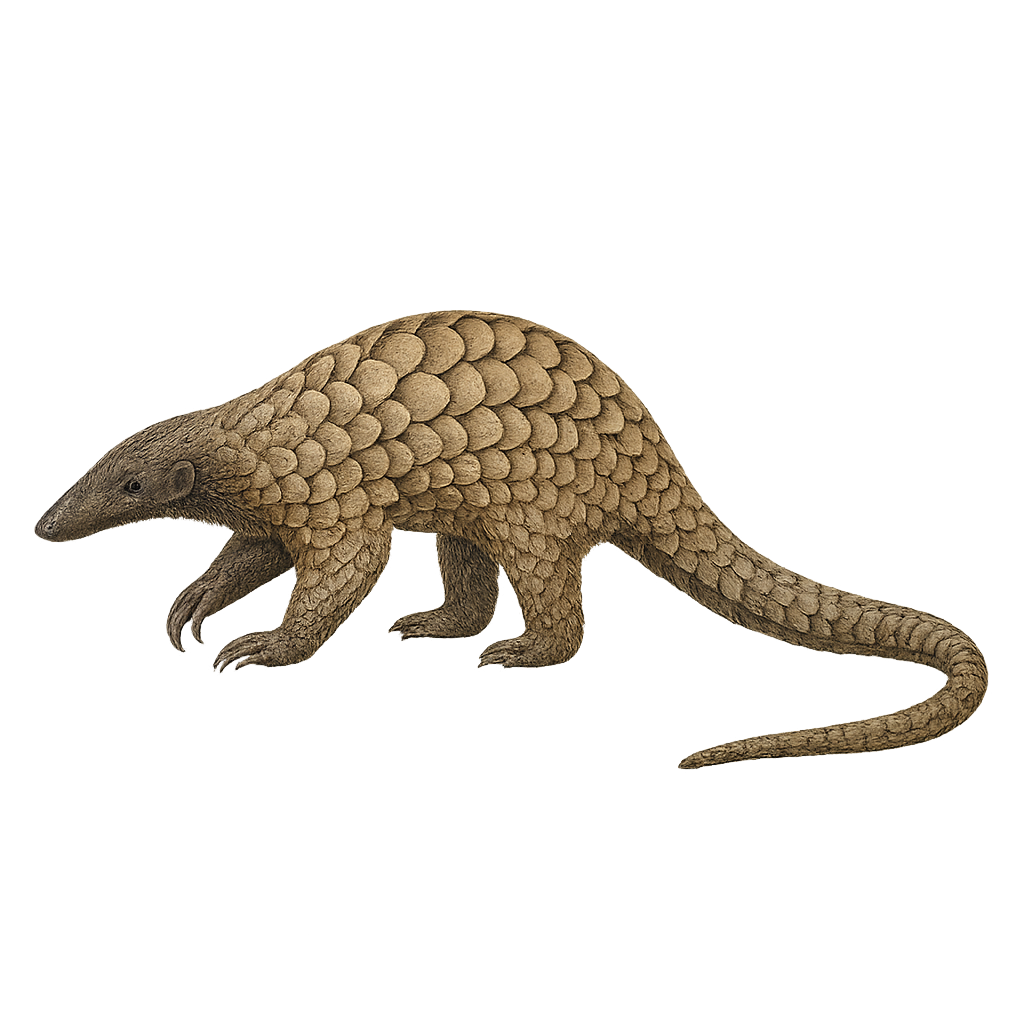Your wildlife photography guide.
Explore the long-tailed pangolin in detail, study its behavior, prepare your shots.
Where to observe and photograph the long-tailed pangolin in the wild
Learn where and when to spot the long-tailed pangolin in the wild, how to identify the species based on distinctive features, and what natural environments it inhabits. The WildlifePhotographer app offers tailored photography tips that reflect the long-tailed pangolin’s behavior, helping you capture better wildlife images. Explore the full species profile for key information including description, habitat, active periods, and approach techniques.
Long-tailed Pangolin
Scientific name: Manis tetradactyla

IUCN Status: Vulnerable
Family: MANIDAE
Group: Mammals
Sensitivity to human approach: Shy
Minimum approach distance: 10 m
Rut period: May to July
Gestation: 130-140 jours
Births: September to October
Habitat:
Tropical forests, rainforests, arboreal areas
Activity period :
Mainly active at night, generally discreet during the day.
Identification and description:
The long-tailed pangolin, or Manis tetradactyla, is an insectivorous mammal native to the tropical forests of Central and West Africa. It is easily recognizable by its keratinized scales covering its body, providing protection against predators. This pangolin is particularly adapted to arboreal life thanks to its long prehensile tail, which allows it to move easily through trees. It primarily feeds on ants and termites, which it captures with its long, sticky tongue. Unfortunately, this species is threatened by deforestation and poaching, as its scales are prized in traditional medicine.
Recommended lens:
400 mm – adjust based on distance, desired framing (portrait or habitat), and approach conditions.
Photography tips:
To photograph the long-tailed pangolin, it is essential to remain discreet and patient. Use a telephoto lens of at least 400mm to capture detailed images from a distance without disturbing the animal. Focus on nighttime hours, as this species is primarily active at night. Be attentive to signs of presence, such as rustling leaves or ant trails. A silent and respectful approach to its natural habitat will increase your chances of success.
The WildlifePhotographer App is coming soon!
Be the first to explore the best nature spots, track rutting seasons, log your observations, and observe more wildlife.
Already 1 439 wildlife lovers subscribed worldwide

